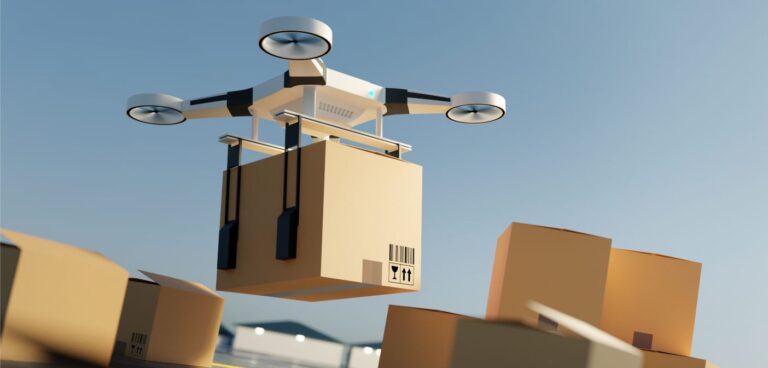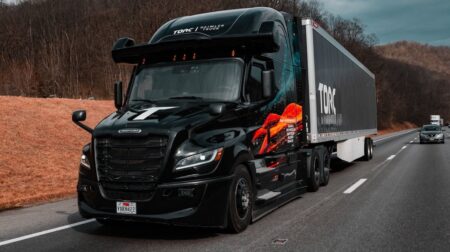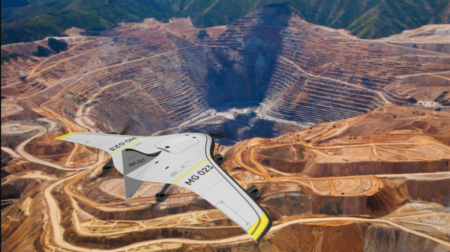Commercial unmanned aerial vehicles (UAVs) have the potential to almost halve the carbon dioxide emissions of urban freight transport compared to small commercial vehicles, according to new research by Cranfield University.
As part of the report UAVs: Unlocking positive transformation in the world, Cranfield University used its own modelling and primary data resources to compare the CO2 emissions emitted by UAVs and light commercial vehicles (LCVs).
According to the report, a LCV delivering 10 similar sized packages per 8-hour shift over a 5km delivery radius, and following a regular schedule of consecutive deliveries, produces an estimated CO2 emission rate of 3,394 grams per 24 hours (three shifts). In contrast, a large-sized UAV with a 50kg payload operating in the same delivery protocol as the LCV produces 1,800 grams of emissions per 24 hours, a 47% reduction.
Furthermore, a medium-sized UAV with a 36km range, carrying a 5kg payload under less-than-optimal operating pattern (making separate individual journeys from the central warehouse rather than making consecutive deliveries) was estimated to produce 2,160 grams of carbon dioxide emissions over 24 hours – a reduction of 36% compared to the equivalent LCV road transport.
The study, which saw Cranfield partner with mobile satellite communications firm Inmarsat, analysed both new and existing research. It also identified other commercial advantages provided by UAVs to organisations that embrace the technology and adopt new operational methods, with cost and time savings leading to enhanced supply chain and business efficiencies.
In addition, it explored the benefits that extend beyond those driven by commercial gain, such as delivering humanitarian and medical aid to remote communities and conflict zones, surveillance to protect endangered animals from poachers and monitoring for illegal deforestation or mining operations.
Professor Helen Atkinson, Cranfield University’s pro-vice-chancellor of the school of aerospace, transport and manufacturing, said: “Commercial UAVs have the potential to transform our world in a range of safe and environmentally friendly ways. This report is an important step in harnessing the power of UAVs and unlocking the opportunities they offer to advance air transport activities and services with fast and efficient delivery of goods.”








